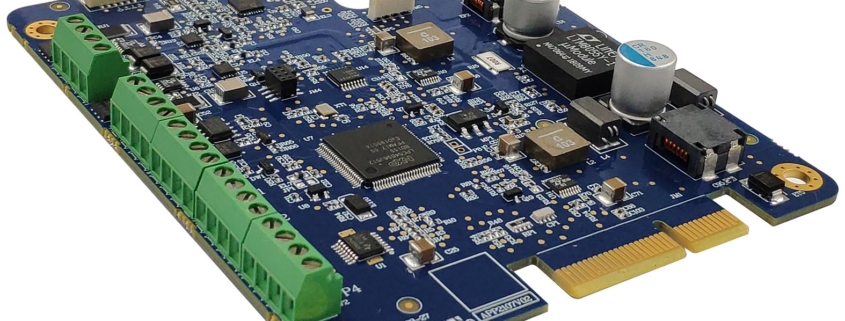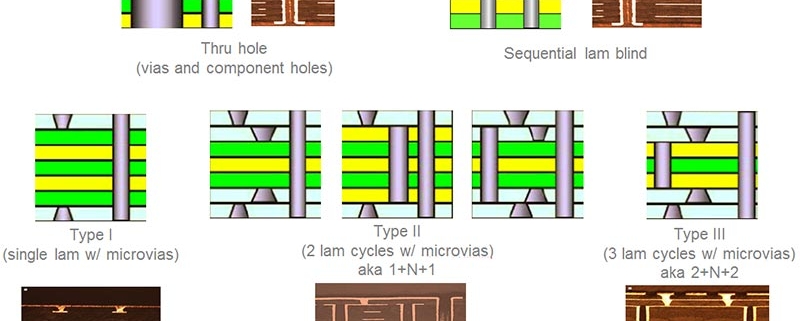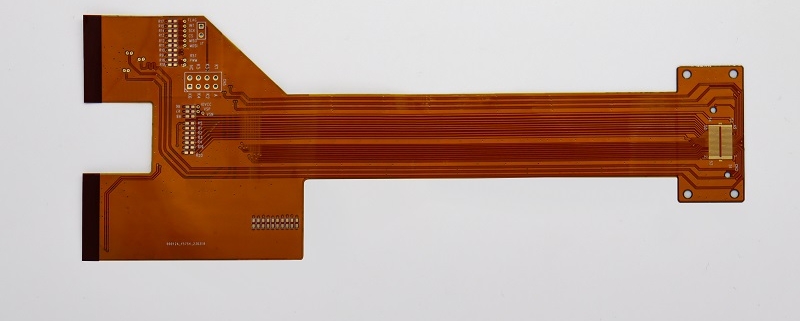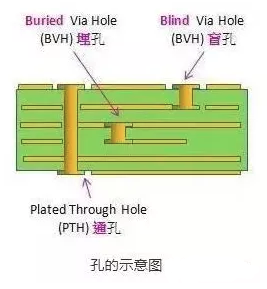Reveal the advantages of PCB rigid-flex board! Why choose PCB rigid-flex board?
In recent years, with the continuous development of science and technology, the demand for electronic products has become more and more diversified. As one of the core components of electronic products, PCB (Printed Circuit Board) rigid-flexible board has received widespread attention due to its unique advantages.
First, let us understand the definition of PCB rigid-flexible board. PCB rigid-flexible board is a circuit board that combines rigid and flexible characteristics. By stacking rigid boards and flexible circuit boards together, it achieves both rigid and flexible characteristics on one circuit board. This design can not only meet the requirements for high-density wiring and three-dimensional space layout, but also adapt to the needs of products for bending and folding.
So, what are the advantages of PCB rigid-flexible boards compared to traditional rigid boards?
PCB rigid-flexible board has high reliability and stability. Due to the existence of flexible circuit boards, PCB rigid-flexible boards can better absorb external shock and vibration, reducing the risk of circuit board damage and breakage. At the same time, the use of rigid boards also ensures the stability and reliability of the circuit board, allowing it to work normally in various harsh environments.
Secondly, rigid-flexible boards have a higher degree of design freedom. Traditional rigid board wiring is limited by plane layout, while rigid-flexible boards can arrange more components and lines in three-dimensional space through the bending and folding of flexible circuit boards, improving the wiring density and functional integration of circuit boards. , providing greater space for innovative product design.
Rigid-flex boards also have lower costs and fast production cycles. Compared with the traditional method of separate design and manufacturing of rigid boards and flexible circuit boards, the integrated design and manufacturing process of PCB rigid-flexible boards can greatly shorten the production cycle and reduce labor and material costs in the manufacturing process, thereby reducing the overall cost.
So, why choose PCB rigid-flex board?
Rigid-flexible boards can meet more application needs. Whether in the fields of consumer electronics, medical equipment, aerospace equipment or smart wearable devices, rigid-flexible boards can provide better performance and reliability and meet the special needs of different products for circuit boards.
Secondly, rigid-flexible boards have higher adaptability and scalability. Due to the existence of flexible circuit boards, rigid-flexible boards can better adapt to the shape, size and functional requirements of the product, and can be easily expanded and upgraded later, providing greater space for product development and improvement.
PCB rigid-flex board has become an important choice in the field of electronic product design and manufacturing due to its advantages of high reliability, design freedom, low cost and fast production cycle. Whether you are pursuing innovative design, improving product performance or reducing manufacturing costs, choosing PCB rigid-flexible board is a wise decision. It is believed that with the continuous advancement of technology, PCB rigid-flexible boards will play an important role in more fields and bring more convenience and possibilities to our lives.











 plications of fpc? First of all, FPC is widely used in mobile devices, such as smartphones, tablets, etc. Because FPC has high flexibility and foldability, it can adapt to the needs of equipment of various shapes and sizes. Secondly, it is also widely used in the field of automotive electronics. In cars, FPC can connect various sensors, displays and control modules to realize vehicle intelligence and automation. In addition, it is also commonly used in medical equipment, aerospace, industrial control and other fields to provide reliable circuit connections for various electronic devices.
plications of fpc? First of all, FPC is widely used in mobile devices, such as smartphones, tablets, etc. Because FPC has high flexibility and foldability, it can adapt to the needs of equipment of various shapes and sizes. Secondly, it is also widely used in the field of automotive electronics. In cars, FPC can connect various sensors, displays and control modules to realize vehicle intelligence and automation. In addition, it is also commonly used in medical equipment, aerospace, industrial control and other fields to provide reliable circuit connections for various electronic devices.
